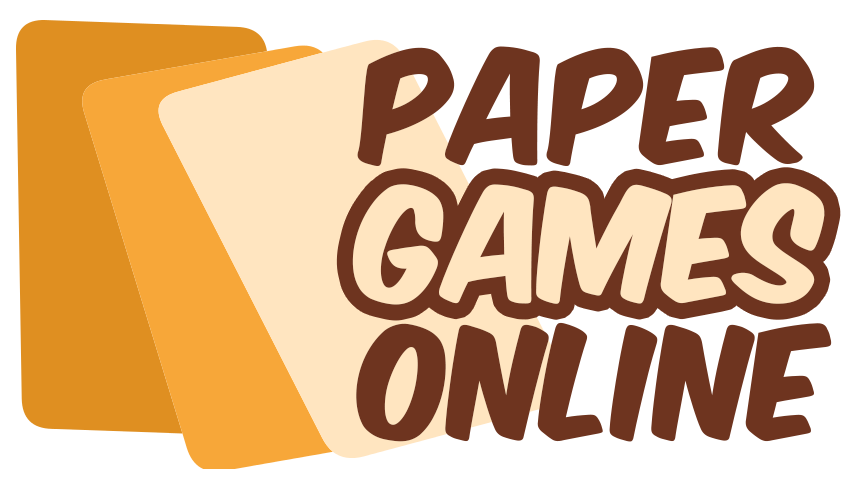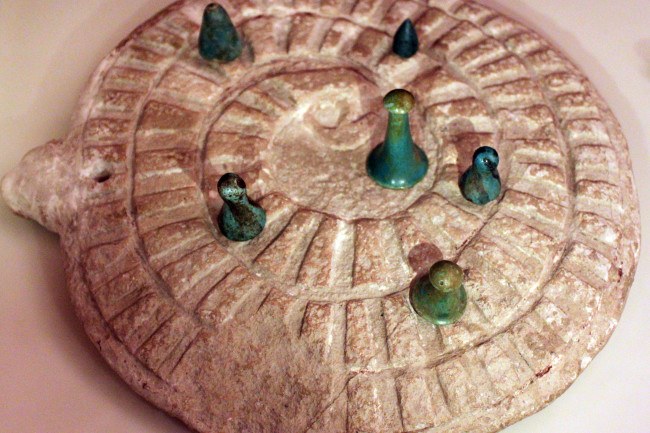It is a polarizing issue.
If it comes to board games, most individuals either undertaking enthusiasm or antipathy. A number people host game nights.
Wherever you stand, the simple fact remains: Board games are popular pastimes in varied cultures as the dawn of culture. Archaeologists working across the world have uncovered remnants of those games, such as planks, tokens and dice made from animal bones.
Timeless or Missing to Time?
Particular games persisted and morphed over the millennia to ones we know now. The sources of chess, for example, probably trace back into the Indian sport of chaturanga, clarified in Sanskrit texts in the seventh century A.D. onward. The game evolved since it spread via Persian, Arabic and European civilizations; from the 16th century, it resembled modern chess — finish with all the queen, representing the effective female monarchs of the moment, such as Elizabeth I of England and Catherine de Medici.
Other matches fell out of style and their principles were abandoned. According to grave products, texts and murals, archaeologists understand mehen — that translates into “coiled one” — included a round board shaped like a coiled snake. Tail on the exterior, head at the middle, the serpent’s body has been segmented by heaps of notches. Game sets included marbles of six distinct colors and six lion figurines. It appears that around six gamers hurried pieces round the snake’s straight body. However, the distances are too little for its marbles or lions, and artistic scenes demonstrate that the plank standing vertically. Modern scholars can declare the mehen has been played but not the way.
Earliest Traces of Gaming
The earliest artifacts believed to function as game boards come in the Near East between 6,000 and 10,000 decades ago, through the Neolithic Age — if individuals in the area started farming and living in permanent settlements.
Investigators suspect the slabs functioned as planks for mancala-such as matches. If this is so, players could have filled the depressions with game pieces then competed to transparent or catch their opponents’ pieces.
Durable, crafted match pieces from this time stay elusive. Little clay spears, cones and other 3D shapes are typical finds across ancient sites of the Near East; a few scholars suggest that these pre-assembled artifacts were game bits, but many believe they were utilized for accounting — keeping track of amounts of products — until the creation of writing. More persuasive sport “pawns” come out of a medieval site in southeast Turkey, which afforded a cache of 22 polished limestone pieces, each approximately 1 inch tall and using a level base.
That is not to say people were not gaming elsewhere or earlier; the Near East boards and putative pawns just withstood the test of time as they were made from plaster or stone. Undoubtedly, other matches were perishable — together with bits made from boards and sticks drawn in grime — and disappeared soon after drama.
Bronze Age Favorites
A bit afterwards, through the Bronze Age, the signs for board games at the Near East becomes wealthier. In 2013, investigators excavating that a 5,000-year-old tomb in Turkey reported 49 small rocks, painted and sculpted to resemble dogs’ dogs and 3D shapes, together with dice and round tokens made from shell. Archaeologists suggested the artifacts were match bits, but they did not locate any board or rulebook. Attempting to understand this game is similar to discerning the principles of Monopoly from just the tiny silver dog, high hat and sprinkled bills and playing cards.
Researchers do but know how to play with a sport which grew popular over 4,500 decades back.
Archaeologists discovered the initial examples throughout 1920s excavations of the royal cemetery in the town of Ur, in present-day Iraq.
These days, we understand Twenty Squares (or one variant of this ), as a result of an early rulebook inscribed in cuneiform script at second-century B.C. Babylon. The stone tablet was discovered at the ruins of Babylon from the late 19th century but sat abandoned in British Museum sets for almost 100 years prior to curator and philologist Irving Finkel realized its importance. Finkel’s translation describes a intricate race and gambling game. You are able to read or see a complete excuse , but temporarily: Opposing players hurried five bits, representing birds of diverse values (consume, storm-bird, raven, rooster, eagle), across the board 20 squares. Moves were ordered by rolling four-sided dice created from anklebones of sheep and ox.
However, the principles of Squares surely diverse, given its geographical and temporal spread. The inscription is merely one community’s take on this match.
Lost Games of the Americas
Several games are famous in the Aztec Empire along with other previous civilizations of Central America. One of these, patolli demanded some pebbles, a mat adorned with squares within an X or mix, in addition to several big legumes, marked on one face with a hole or dot. Participants pitched the beans; the way they landed decided that the throw score — how many squares gamers can go their pebbles over the mat. Competitors and onlookers’ wager on the results, frequently invoking Macuilxochitl, god of matches, for luck. On holidays, individuals convened from far-flung lands and gambled with precious exotic products.
From the 16th century, Spanish conquistadors prohibited the match, ruined mats and burnt off the beans as part of the attempts to destroy indigenous cultures. What modern scholars do understand about patolli stems out of passages in colonial-era manuscripts explaining its own play.
The situation is reversed for a far old pebble racing sport: Researchers found traces of this sport, however no written or pictorial records of these principles. At a 2013 Latin American Antiquity newspaper , archaeologist Barbara Voorhies clarified possible game boards by a roughly 5,000-year-old website in southern Mexico, near Chiapas.
In a mangrove swamp, the island website seems to have been an intermittent fishing camp in which historical people captured and ready aquatic sources. Besides tens of thousands of piled-up clamshells, excavations discovered two possible boards. The better-preserved includes 24 finger-sized holes, rather evenly dispersed in an oblong, imprinted from the claylike flooring. At the oblong center was a feeling in which a stone probably sat. Even though the principles are unknown, Voorhies points into similar-looking games played later monumental cities such as Teotihuacan and Copan, in addition to by Native American classes clarified in ethnographic accounts at the early in the 19th and early 20th centuries. In such games, players hurried pieces across the pit class according to dice rolls.
It appears that 5,000 decades back, that the fishers in this camp played with games since they waited for their clams to ironic. Not so different in the whipping out your mobile to play Candy Crush as you wait at the coffee line.

